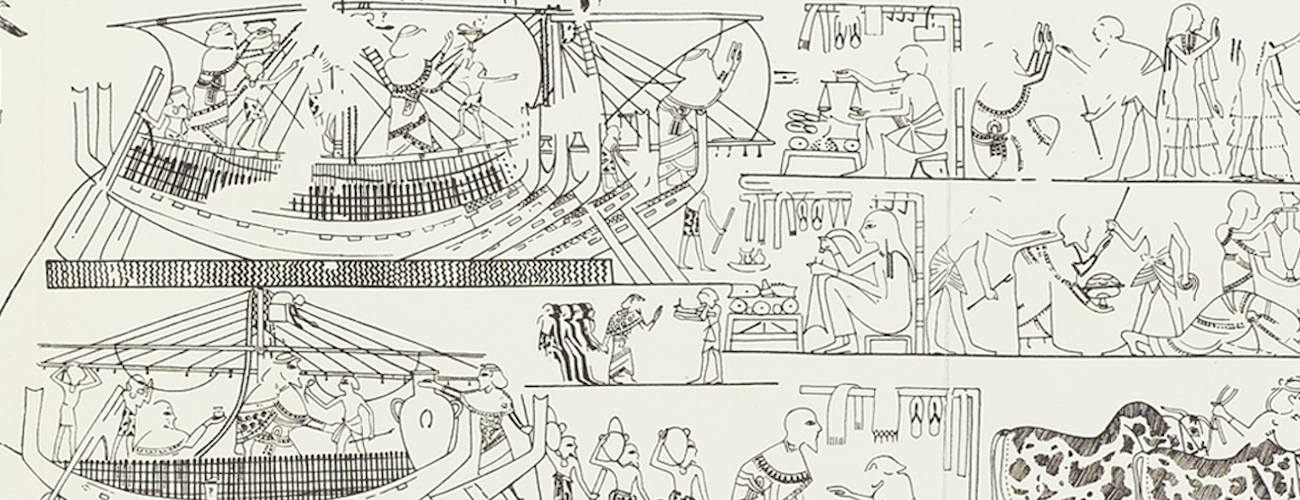Archaeology and Comics: Second Response

Paulina F. Przystupa’s 'Archaeology and Comics, with a Case Study Examining the Representation of Black Archaeologists' casts a curious eye on archaeology and its representation of the academic study on the page. Her written work also elaborates on those who call themselves archaeologists and how their presence, work and ethics are often challenged, tolerated or ignored in lieu of others. Using comics as a medium can open up many avenues of understanding including as public outreach for the public to learn more about the field of archaeology and its importance. Using comics as a medium can also serve to help educate those interested and actively learning, researching and working out in the field. Lastly, using comics can help diversify and center those who are often undercut from publication and prestige such as Indigenous populations and scholars.
Przystupa’s approach in describing comics and the appeal of sequential art is a detailed endeavor and by no means a bore to read. Comics help communicate ideas and stories which is a long running tradition with cultures and groups of people through the ages: think of some of the earliest perceived drawings on cave walls for example. The writer acknowledges that the early 2000s brought in information like the scientific methods archaeologists use into easily digestible media into comics being used and distributed. I enjoyed reading about these and took comfort that comics as a medium and a form of entertainment that is often seen as a lowbrow form of literature did not keep them from being used to serve the overall archaeology community by way of academia.
These comics are community reviewed and shared by the community. Yet even there, a drawback exist as women and other marginalized identities and backgrounds often do not have the chance to submit or have their work accepted– a persistent problem that exists outside of archaeology comics but in the field itself. Halfway through this piece, Przystupa asks a damning yet illuminating question: “So, if archaeologists themselves are not doing the work to consistently portray the field as diverse as it is and with the current ethics of the discipline, how can we expect fictional portrayals to reflect anything else?“
Przystupa’s main argument evolves into how European descent male voices dominate not just much of archaeology but of archaeological comics and comics that portray archaeologists as well. The problem becomes a winding and complicated one in the portrayals of comics from the 2010s. In a few examples, the writer points out the comics mentioned are portrayed with accuracy and care by non-archaeologists. Yet this is only a handful of comics and graphic novels, making barely a drop in the bucket. Przystupa goes on to point out what makes these fictional portrayals something to be studied, repaired and corrected.
The writer does acknowledge that she is an archaeologist of Filipine-Polish heritage and is not a Black archaeologist. Focusing on Black archaeologists, she delves into how mainstream comics publications portray Black archaeologists and the harm and legitimization done to them. Using three examples (a fifty plus issue series, a one shot, and also a movie tie in of four issues) Przystupa exposes the readers to how these comics portray archaeology in today’s modern world– even if the end results portrays archaeology in a less than positive light.
My favorite example that the writer shares with us is the long running comic, Giant Days. In it, a young, queer, biracial woman named Daisy, who is a character in the main cast is excited for her first trip to the field- only for it to be a day where she is harassed and pestered the whole day by the supervising white-presenting male archaeologist who has tenure and acclaim to his name. He makes the trip an unpleasant experience for young Daisy and it serves for Przystupa as a harrowing fictional example of the toxic environments for those who are othered, such a s women of color, including Black women.
After reading this piece I am moved to seek out more comics with not just characters who are archaeologists but inspiring ones as well. I also feel moved to seek out comics with narratives involving the study of human activity through the recovery and analysis of material culture like artifacts or set in timelines of great and important finds. I also feel motivated to seek out more marginalized people in the field and read their work. Lastly I want to also move to holding archaeologists and non-archaeologists accountable and do more sincere work in repairing and correcting these portrayals that undercut other or stand as offensive examples.
Cover Image "Bitish Library digitised image from page 27 of 'Poems upon several occasions'" British Library
Masthead Image: "MainHeading_Ships" is cropped from "Syrian merchant ships from tomb 162 at Thebes" by Egypt Exploration Society (Author), Egypt Exploration Fund (Publisher), Raymond O. Faulkner (Raymond Oliver), 1894-1982 (Writer of accompanying material); and Norman de Garis Davies, 1865-1941 (Writer of accompanying material) From The New York Public Library and is in the public domain
